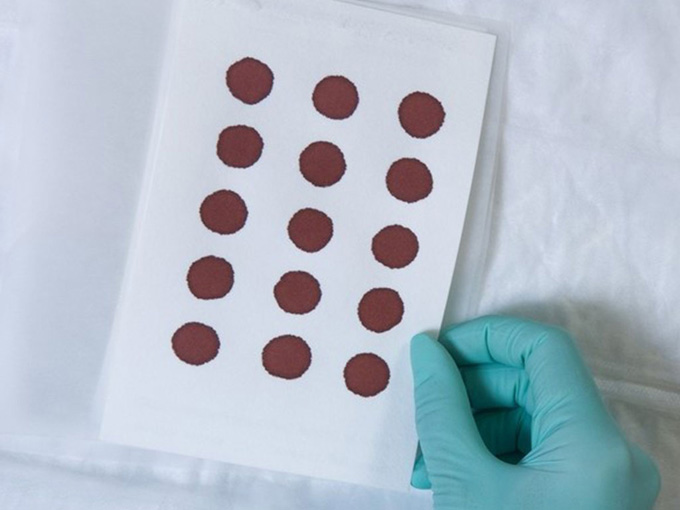Newborn Screening: Improving Outcomes
Presented on .
In the last five decades, newborn screening has become a well-defined, nationwide prevention program. Each year, more than 4 million newborns in the United States are screened for hearing loss and certain genetic, endocrine, and metabolic disorders. Through early identification and treatment, newborn screening provides an opportunity for significant reductions in morbidity and mortality while reducing health care costs associated with treatment of lifelong debilitating conditions. Technological improvements and partner collaboration have led to the expansion and increased uniformity of screening as well as enhanced laboratory and data systems that provide better surveillance, tracking, and research.
Although newborn screening has improved and expanded in recent years, particular challenges remain with laboratory and data collection issues. Many state laboratories are being asked to do more screening with fewer resources, providing a need for innovation in areas such as automation, multiplex and molecular testing, and quality assurance. Improvements are also needed in data systems to track follow-up and management of children with disorders identified through newborn screening.
This session of CDC’s Public Health Grand Rounds addressed these challenges while discussed effective strategies to meet the promise that newborn screening holds for all children.
- R. Rodney Howell, MD
- Professor of Pediatrics, Miller School of Medicine
Chair of the Secretary's Advisory Committee on Heritable Disorders in Newborns and Children
University of Miami
- Sharon F. Terry, MA
- President and Chief Executive Officer, Genetic Alliance
- Carla D. Cuthbert, PhD
- Chief, Newborn Screening and Molecular Biology Branch,
Division of Laboratory Sciences
National Center for Environmental Health, CDC
- Scott D. Grosse, PhD
- Associate Director, Health Services Research and Evaluation,
Division of Blood Disorders
National Center on Birth Defects and Developmental Disabilities, CDC
- V. Fan Tait, MD, FAAP
- Associate Executive Director
American Academy of Pediatrics
- Tanja Popovic, MD, PhD
- Scientific Director
Get notified about the latest updates from Public Health Grand Rounds right in your inbox by setting up an alert today!
Get notified about the latest updates from Public Health Grand Rounds right in your inbox by setting up an alert today!Sign Up
Get notified about the latest updates from Public Health Grand Rounds right in your inbox by setting up an alert today!

Newborn screening tests for medical conditions that may not be apparent by looking at a baby. Discovering these conditions soon after birth can help prevent certain serious problems, such as brain damage, organ damage, and even death. Find out how public health partners can work to ensure that every baby is screened.

Preterm birth is a challenge. Its causes are numerous and poorly understood. Modern technology and stronger public health strategies have made a significant impact in reducing preterm births and infant mortality. Find out how improvement efforts can reduce preterm births, especially among racial and ethnic minorities.
